The Influence of Weather Patterns on Deer Hunting Outcomes
Weather patterns have a significant impact on deer movement and behavior, making it essential for hunters to understand how these patterns influence their hunting outcomes. By knowing how various weather conditions affect deer, you can make informed decisions about when and where to hunt, increasing your chances of success. In this guide, we’ll explore the effects of different weather patterns on deer hunting outcomes and provide tips for adapting your hunting strategies to match the conditions.
Temperature
Deer are most active during cooler temperatures, particularly in the early morning and late afternoon. As the temperature drops, deer become more active in search of food, making these times ideal for hunting. Warmer temperatures, on the other hand, can make deer less active and more likely to bed down during the day. In such situations, consider hunting near bedding areas or focusing your efforts during the cooler parts of the day.
Barometric Pressure
Barometric pressure, or atmospheric pressure, is the force exerted by the atmosphere at a given point. It can have a significant impact on deer movement, with higher pressure generally resulting in increased activity. Deer tend to be more active during periods of stable, high pressure, while low or rapidly changing pressure can make them more lethargic. To maximize your hunting success, pay attention to barometric pressure trends and plan your hunts accordingly.
Rain
Rain can have varying effects on deer hunting outcomes, depending on its intensity and duration. Light rain can be beneficial, as it dampens ground noise and can make deer more active. Hunting during a light rain can provide excellent opportunities for tracking and stalking deer. However, heavy rain can make deer less active, causing them to seek shelter and making hunting more difficult. In these situations, consider focusing your efforts around the edges of bedding areas or waiting until the rain subsides before heading out.
Snow
Snow can provide both challenges and opportunities for deer hunters. Snowfall can make deer more visible and easier to track, while also slowing down their movements. However, deep snow can make it difficult for both deer and hunters to move around, potentially reducing hunting success. In snowy conditions, focus your efforts on hunting near food sources and bedding areas, as deer will need to conserve energy and limit their movements.
Wind
Wind can have a significant impact on deer hunting outcomes, as it affects both deer movement and scent dispersion. In general, deer prefer to move with the wind at their backs, as it allows them to detect predators more easily. However, strong winds can make deer more skittish and less likely to move around. In windy conditions, consider hunting in areas where deer are likely to seek shelter, such as dense woods or valleys. Additionally, pay close attention to wind direction and adjust your hunting approach to avoid being detected by a deer’s keen sense of smell.
Moon Phase
While the effects of moon phase on deer movement are still debated among hunters, many believe that the full moon can lead to increased deer activity at night, potentially reducing daytime movement. On the other hand, the new moon is thought to lead to less nighttime activity, resulting in more daytime movement. To make the most of these patterns, consider planning your hunting trips around the moon phases and adjust your hunting strategy accordingly.
Adapting Your Hunting Strategies to Weather Patterns
Now that we’ve discussed how different weather patterns can influence deer hunting outcomes, it’s crucial to adapt your hunting strategies accordingly. Here are some tips for adjusting your tactics to match the conditions:
- Scout the area: Regularly scouting your hunting area will help you understand how deer respond to various weather patterns in your specific location. This knowledge can be invaluable when planning your hunts.
- Adjust your hunting times: As weather patterns change, so too should your hunting times. Focus on hunting during cooler parts of the day, such as early morning and late afternoon, when deer are more likely to be active.
- Utilize trail cameras: Trail cameras can help you monitor deer activity and movement patterns in relation to weather conditions. This information can be used to fine-tune your hunting strategies and increase your chances of success.
- Consider your stand or blind location: Based on the weather conditions, adjust the location of your stand or blind to target areas where deer are more likely to be active, such as food sources or bedding areas.
- Stay adaptable: As any seasoned hunter knows, flexibility is key to success. Be prepared to adjust your hunting strategies as weather patterns change and be open to trying new tactics.
By understanding the influence of weather patterns on deer hunting outcomes and adjusting your strategies accordingly, you can significantly increase your chances of a successful hunt. Remember that every hunting situation is unique, so always be prepared to adapt and learn from your experiences in the field.
Happy hunting!

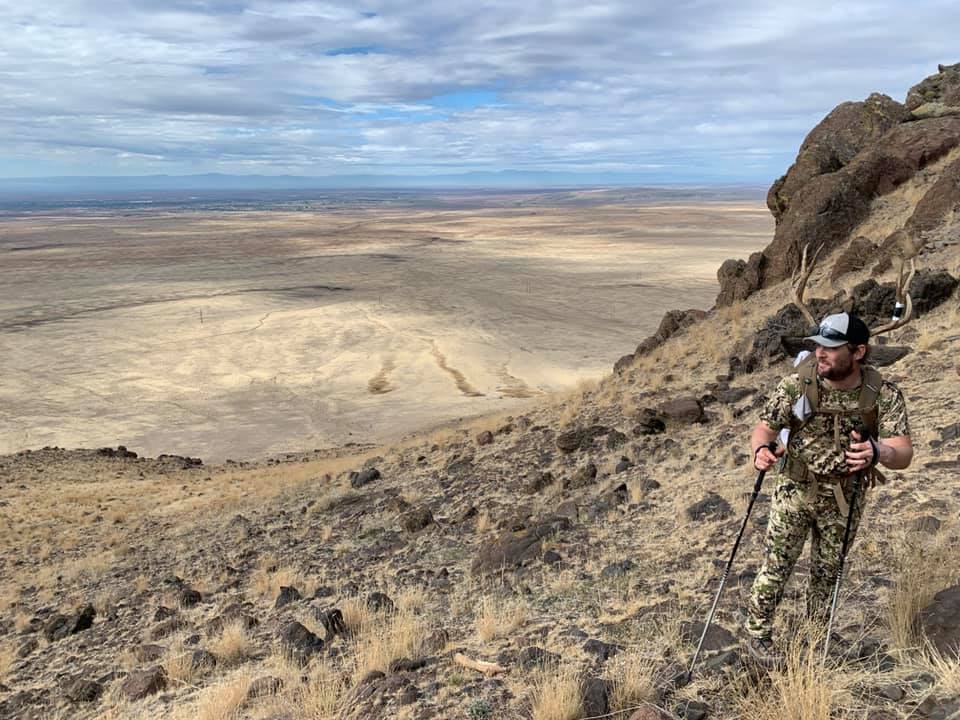
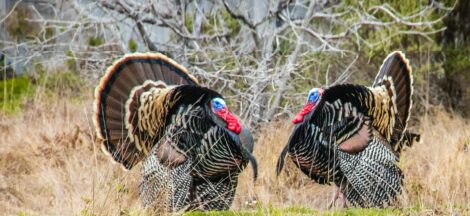
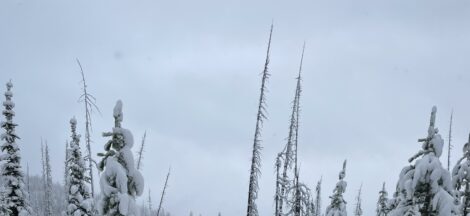
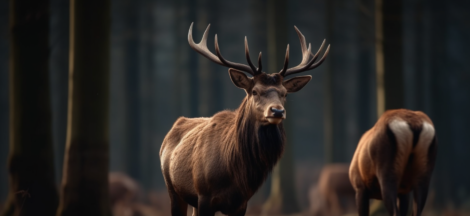
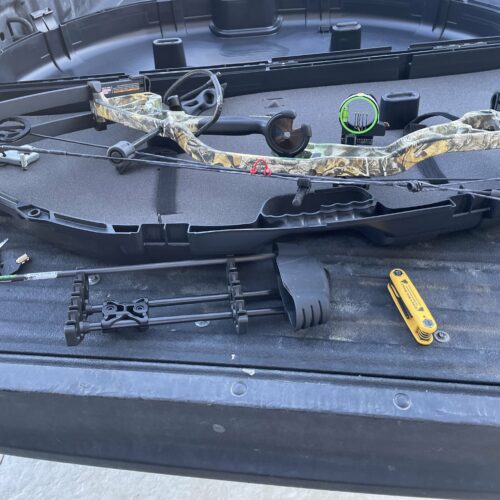 Preparing for Your First Deer Hunt: A Comprehensive Guide
Preparing for Your First Deer Hunt: A Comprehensive Guide